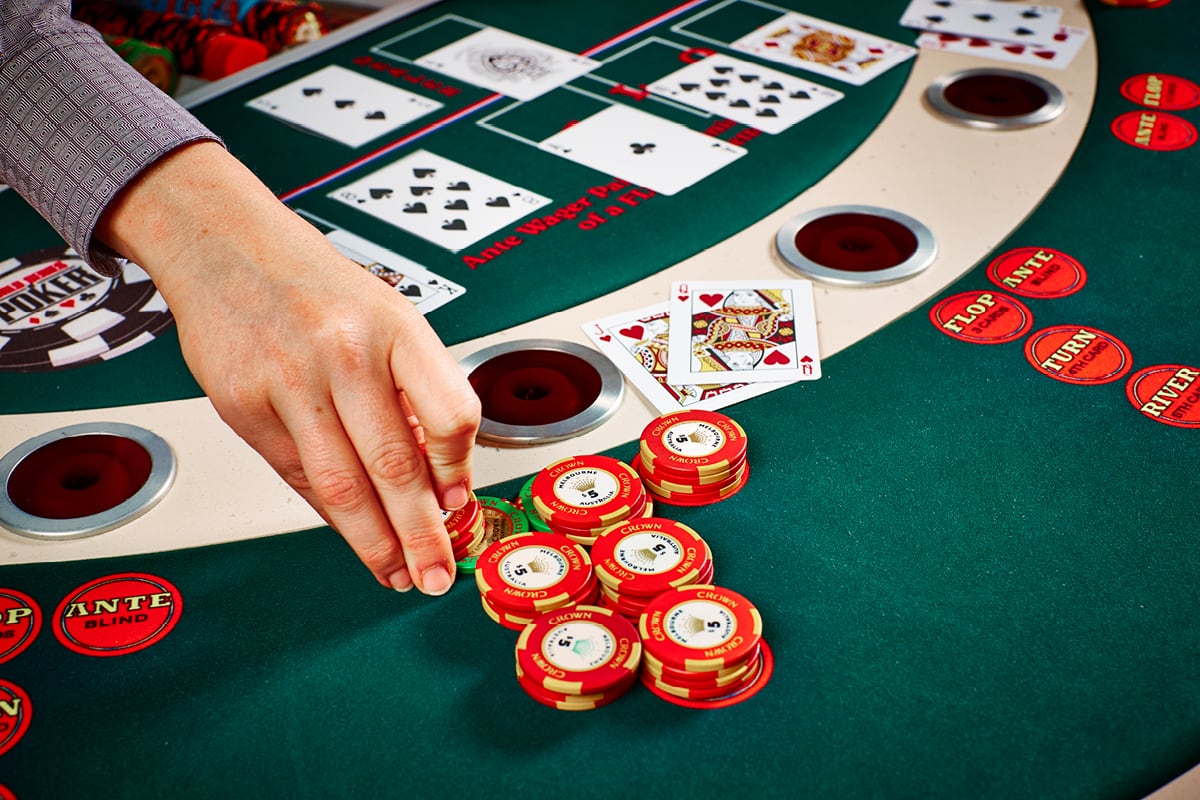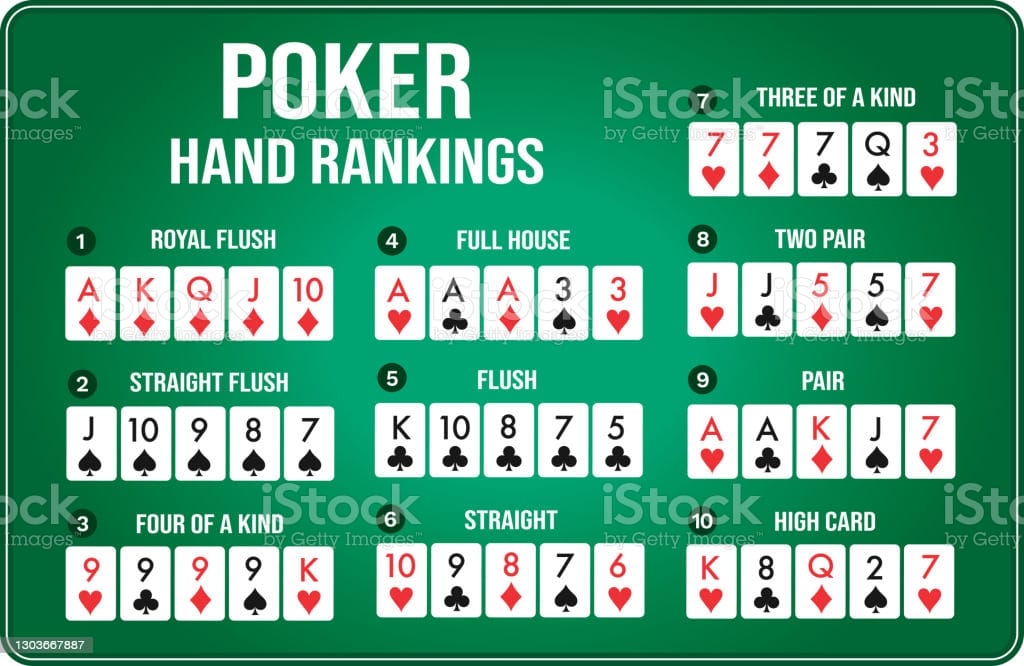In the world of poker 홀덤족보, mastering the art of the bluff is a skill that separates the amateurs from the pros. Successful Hold’em bluffs go beyond mere chance and card skills; they delve into the intricate realm of psychology. In this article, we explore the nuances of the human mind that contribute to executing effective bluffs in Texas Hold’em.
Understanding Human Psychology at the Poker Table
1. Reading Facial Expressions: The Silent Language
In the game of poker, players often attempt to conceal their true emotions, but their faces can betray subtle hints. Expert bluffers exploit this by keenly observing their opponents’ facial expressions. Micro-expressions, involuntary tics, and eye movements can offer valuable insights into the strength or weakness of an opponent’s hand.
2. Body Language: Decoding the Unspoken
Beyond the face, the body communicates volumes. A skilled bluffer pays attention to the opponent’s body language—from the way they sit to their hand gestures. A sudden shift in posture or a nervous tap of the fingers may reveal nervousness or excitement, providing the bluffer with crucial information.
The Role of Timing in Successful Bluffs
3. Patience as a Virtue: Strategic Waiting
Timing is everything in poker, and successful bluffers understand the power of patience. They wait for the opportune moment, a moment when opponents may be more susceptible to a well-timed bluff. This requires a deep understanding of the game dynamics and the ability to bide one’s time.
4. Swift Aggression: The Surprise Factor
On the flip side, some bluffs are most effective when delivered swiftly. A sudden show of aggression can catch opponents off guard, making them question the strength of their own hands. Mastering the balance between patience and swift action is a hallmark of a skilled bluffer.
Psychological Warfare: Playing on Emotions
5. Fear and Doubt: Tools of the Master Bluffer
Successful Hold’em bluffs tap into the opponent’s emotional state. Instilling fear and doubt can disrupt their focus and decision-making process. Whether through controlled expressions, strategic silence, or calculated words, the artful bluffer manipulates the emotions around the table.
6. Empathy and Connection: Building False Trust
In the intricate dance of poker, building a false sense of trust is a powerful weapon. A bluffer may use empathy and apparent connection to lull opponents into a false sense of security. This psychological ploy sets the stage for a well-timed bluff that takes advantage of the opponent’s misplaced trust.
The Bluff as an Art Form
7. Creativity in Bluffing: Breaking the Mold
True mastery of Hold’em bluffs involves a touch of creativity. The most successful bluffers go beyond predictable patterns and embrace an element of surprise. By breaking the mold and introducing unpredictability, they keep opponents on their toes, unable to decipher their true intentions.
8. Confidence: The Bluffer’s Mask
Confidence is the armor of the successful bluffer. Projecting an unwavering belief in the strength of one’s hand, even when it’s a calculated bluff, can sow seeds of doubt in the minds of opponents. The psychology of confidence is a subtle yet potent force that elevates a bluff from a gamble to a strategic maneuver.
In summary, successful poker bluffs in Hold’em involve a complex combination of observation, timing, and emotional manipulation. By comprehending nonverbal cues, interpreting body language, and harnessing the influence of timing and psychology, the skill of bluffing reaches new levels. To achieve triumph in the poker world, mastery of not only the cards but also the intricate dance of the human mind is essential.




